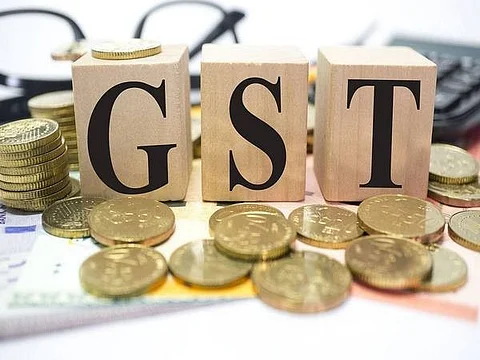

The Centre has unveiled plans for a comprehensive restructuring of the Goods and Services Tax framework, proposing to eliminate the existing 12% and 28% tax brackets while maintaining only the 5% and 18% slabs, according to a report by The Hindu.
Under the proposed reforms, the GST system would be streamlined into four distinct categories: a concessional rate below 1%, the standard 5% and 18% rates, and a new 40% "sin tax" applicable to just five to seven select items. The restructuring would see approximately 99% of the items currently taxed at 12% shifted to the lower 5% bracket, while 90% of goods and services presently in the 28% category would move to the 18% rate.
The reforms are being positioned as part of what Prime Minister Narendra Modi described as a "Deepavali gift" during his Independence Day address at Red Fort, with the announcement of "next-generation GST reforms" aimed at reducing the tax burden on ordinary citizens. The proposed changes would eliminate all forms of cess beyond the basic GST rates.
States hold the key
The Finance Ministry has forwarded these proposals to a Group of Ministers constituted by the GST Council specifically to examine rate rationalisation issues. The GST Council is expected to deliberate on these recommendations during its next meeting, tentatively scheduled for September or October, with implementation targeted within the current financial year.
Official sources indicate that the Centre's decision to submit formal proposals stems from its limited representation in the GoM, which comprises only state representatives. The federal government now requires state consensus to move forward with the reforms.
Financial implications and revenue structure
Current revenue distribution shows the 18% slab contributing the largest share at 67% of total GST collections, while the 28% bracket accounts for 11%, the 12% slab generates 5%, and the 5% category contributes 7% of revenues.
Despite anticipated revenue losses from the rate reductions, officials expect the impact on fiscal deficit to remain manageable. The government's strategy relies on lower rates stimulating consumption, reducing tax evasion, and expanding the taxpayer base to eventually boost overall revenue collection.
The proposals include rate reductions for aspirational consumer goods, with air conditioners set to see cuts from the current 28% rate, while other white goods taxed at 18% may also benefit from lower rates. Daily essentials including toothpaste, soap, and shampoo are among items expected to see relief.
The new structure would maintain uniformity within product categories, ensuring similar items face identical tax rates. The 40% "sin tax" category would be restricted to products like tobacco and gutka, while the sub-1% concessional rate would apply to items currently taxed between 0% and 5%, including precious metals like gold and silver (presently at 3%) and semi-precious stones (at 0.25%).
Administrative reforms
To promote "ease of living", the Centre has proposed leveraging technology to expedite and simplify the GST registration process while implementing pre-filled returns to reduce manual intervention and eliminate mismatches. The reforms also include faster and more automated refund processing systems.
A significant reform involves addressing inverted duty structures affecting most goods, where final products are taxed lower than their input materials. This structural issue has created working capital challenges for businesses due to reimbursement delays, hampering their investment capacity. Officials describe this as one of the more consequential proposals in terms of ease of living.
Sources indicate that the average GST rate in India, calculated by the Reserve Bank at 11.6% few years ago, would see substantial reduction under the proposed framework, marking a significant shift in the country's indirect tax landscape.
